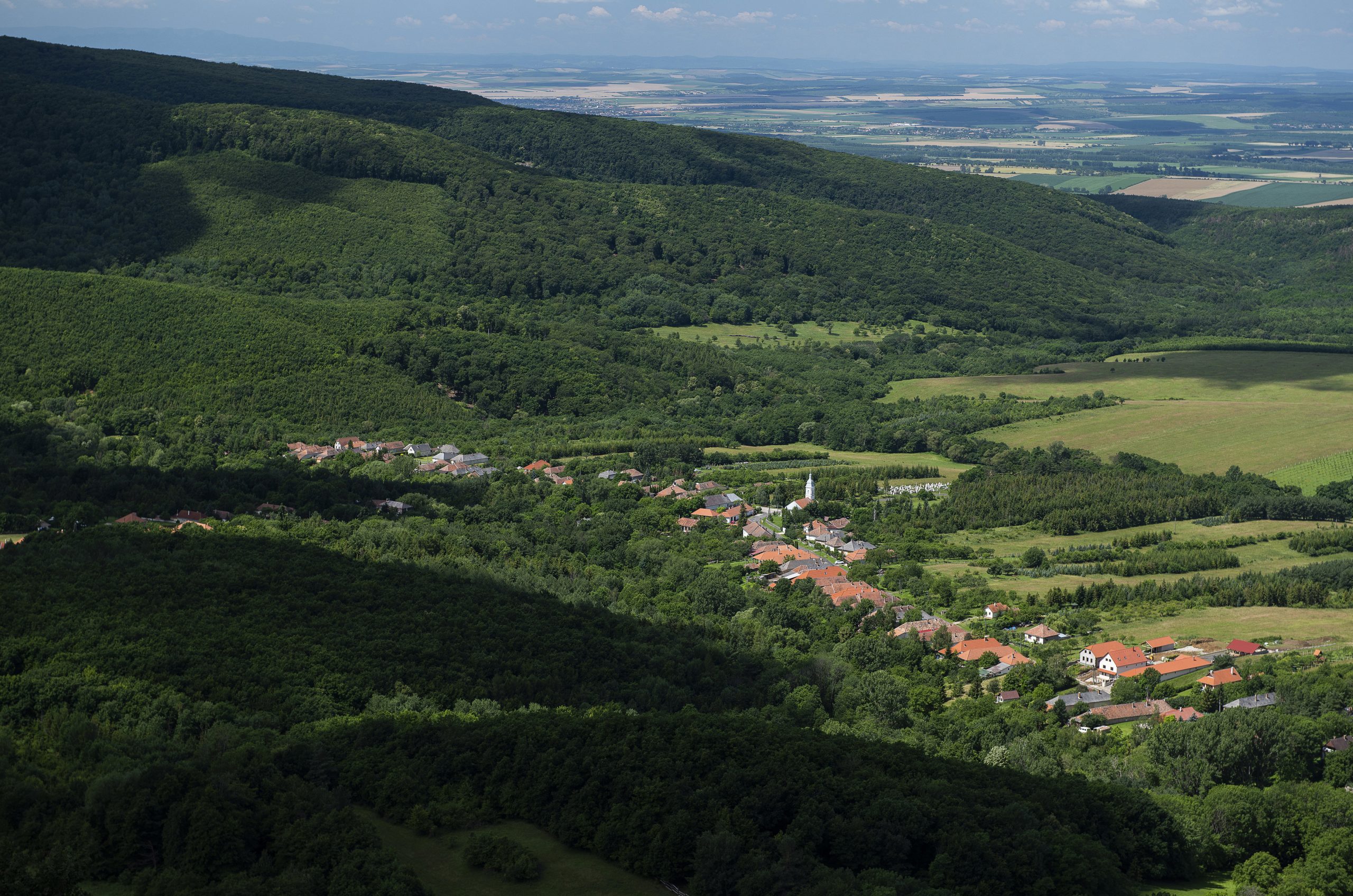
Even with this dire forecast, Hungary is still around the average rate of population decline in the EU, according to Eurostat.Continue reading

The population of every fifth locality in Hungary faces a slow decline into complete depopulation. Forbes reports that according to a study by GKI Economic Research Co., population decline and aging are national issues, especially since young people are leaving villages to seek opportunities elsewhere.
Based on information from Hungary’s Central Statistical Office, between 2010 and 2020 the number of Hungarians bellow the age of 18 was reduced from 18 to 16 percent of the population, while the number of people aged between 40 and 59 who are unlikely to want children increased from 28 to 30 percent. The number of people above the age of sixty increased from 22 to 26 percent of the population.
While there is little concern in areas where the under-18 population makes up at least a quarter of the permanent population, localities where less than 15 percent of the population are under the age of 18 (1/5 of Hungary’s localities) are at risk of depopulation.
If there is no significant change in the growth rate of these populations, 147 localities will eventually be completely depopulated.
Not only is this due to the low population of minors, but the growing population of elderly. According to a 2020 statistic, there are 91 municipalities where the average age is under 35, while there are 42 municipalities where the average age is above 50, primarily in the counties of Vas and Zala. 645 localities have populations below 300, and 114 of those localities have under-18 populations below 10 percent.
GKI considers it unlikely that these villages will survive without significant development programs.
Hungary’s Village Funding Scheme is directed specifically to this purpose, financing municipalities in order to avoid depopulation and improve living circumstances in rural areas.
Hungary’s communist era caused domestic migration, growing elderly populations, and job shortages in many rural areas. This government project is aimed at reversing the issue, and has successfully provided 600 localities with a total of 10 billion forints (EUR 28.3 million) to develop communal spaces and establish community life.
Prime Minister Viktor Orbán has previously stated that Hungary is “now close to being able to say that life in a Hungarian village can be of similar quality to life in the capital.”
The level to which these support schemes will help at-risk localities get back on their feet and retain their young populations remains to be seen.
Featured photo illustration by Attila Balázs/MTI